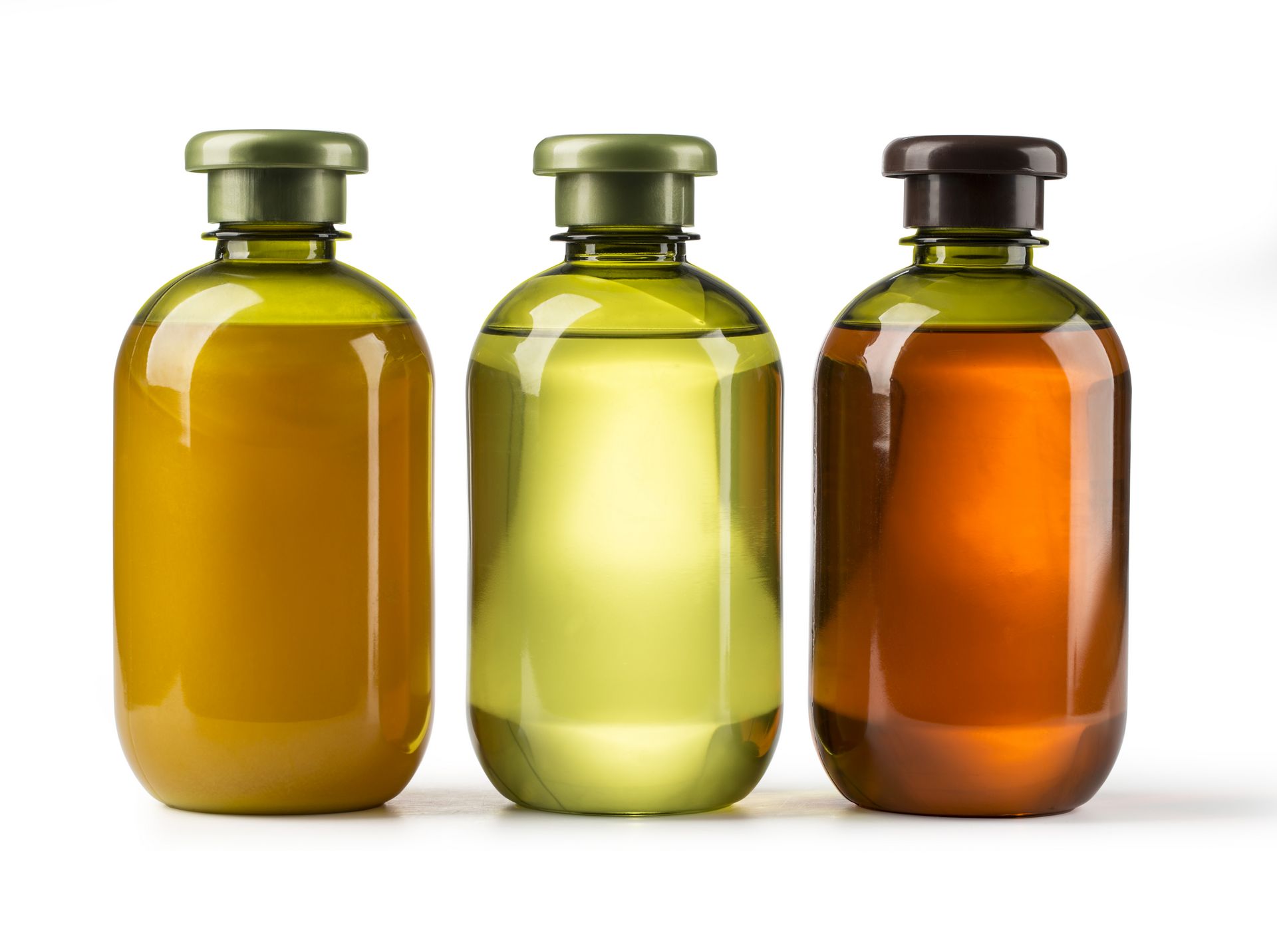
Exploring Cocamidopropyl Dimethylamine: Chemistry, Uses, and Market Impact
1.Introduction
Cocamidopropyl Dimethylamine (CAS 68140-01-2) is a versatile chemical compound widely used across various industries, including cosmetics, pharmaceuticals, and industrial cleaning. It is a type of amine derivative, synthesized from coconut oil, and is classified as a surfactant. This article aims to provide an in-depth analysis of Cocamidopropyl dimethylamine’s chemical nature, its synthesis, key applications, safety considerations, and its role in the development of other important chemical compounds.
The primary focus will be on the characteristics and applications of this compound, particularly in the context of its surfactant properties, interactions with other chemicals (such as hydrogen peroxide), and its ability to act as an intermediate in the production of betaine and quaternary ammonium salts. These properties make Cocamidopropyl dimethylamine essential in both consumer products and industrial applications.
2.Chemical Structure and Properties
Cocamidopropyl dimethylamine is a long-chain amine with a coconut oil-derived alkyl group (C8-C18), typically C12-C14. The structure consists of a propyl group attached to a nitrogen atom, with two methyl groups (dimethyl) connected to the nitrogen, making it a quaternary ammonium derivative when further reacted with other chemicals. The amine group, in particular, imparts the molecule with its characteristic reactivity and surfactant properties.
Molecular Formula: C12H27NO
Molecular Weight: Approximately 201.35 g/mol
Solubility: It is soluble in water and organic solvents, but its solubility is highly influenced by the pH of the solution. Cocamidopropyl dimethylamine is soluble in acidic aqueous solutions, where it forms an ammonium salt. This solubility is important for its use in formulations for cleaning agents and personal care products.
Physical Properties:
Appearance: Typically, it is a colorless to pale yellow liquid or viscous substance, with a mild, characteristic odor derived from the coconut oil.
Boiling Point: Around 200°C, though this can vary depending on the purity and specific alkyl chain length.
Melting Point: It remains liquid at room temperature but solidifies at lower temperatures.
Chemical Properties:
Cocamidopropyl dimethylamine is chemically reactive, particularly due to its amine group. One of the significant reactions it undergoes is with hydrogen peroxide, which results in the formation of amine oxide. The amine oxide can further be reacted to produce betaine, a substance widely used in cosmetic and cleaning formulations, and quaternary ammonium salts, which are essential in many industrial applications.
The versatility of this compound also makes it an effective emulsifier and foaming agent. It is often used in personal care products like shampoos, conditioners, and body washes, where its surfactant properties help reduce surface tension and allow for better spreading and cleaning.
3.Synthesis and Production Methods
The synthesis of Cocamidopropyl dimethylamine involves several steps starting from natural fatty acids derived from coconut oil. The fatty acids are first subjected to an amidation reaction with a secondary amine, typically dimethylamine, to produce the final product.
Raw Materials and Precursors:
Coconut Oil: The fatty acids in coconut oil (C12-C18) are ideal for forming amides and amines, making it an environmentally sustainable source.
Dimethylamine: This is the primary amine used in the synthesis, reacting with the fatty acids to form the amine compound.
Hydrogen Peroxide: When the amine is exposed to hydrogen peroxide, it undergoes oxidation to form amine oxide. This is a crucial intermediate step for further chemical transformations.
Production Process:
Fatty Acid Extraction: The first step in the production of Cocamidopropyl dimethylamine involves the extraction of fatty acids from coconut oil. These fatty acids consist of saturated and unsaturated C12-C18 chains, which form the backbone of the amine derivative.
Amidation Reaction: The fatty acids are reacted with dimethylamine in the presence of a catalyst, leading to the formation of the Cocamidopropyl amide intermediate.
Amine Formation: The amidation reaction is followed by an amine substitution step, where the dimethyl group is attached to the nitrogen atom, creating Cocamidopropyl dimethylamine.
Reaction with Hydrogen Peroxide: A significant reaction of this compound is with hydrogen peroxide, which converts the amine group into an amine oxide. This oxidation step is crucial for the production of derivatives like betaine and quaternary ammonium salts. The reaction with hydrogen peroxide also makes it an essential compound in the development of surfactants for various cleaning and personal care products.
A key example of this compound’s commercial form is SINOSURF® PKO-A1, a specialized product derived from coconut oil (PKO). SINOSURF® PKO-A1 is known for its solubility in acidic aqueous solutions, which allows it to form stable ammonium salts. It is highly effective in a variety of formulations, including industrial cleaners, shampoos, and other personal care products. Moreover, SINOSURF® PKO-A1 reacts with hydrogen peroxide to form amine oxide, a precursor to the production of betaine and quaternary ammonium salts.

4.Applications
The versatility of Cocamidopropyl dimethylamine allows it to be used in a wide array of applications across industries. Its unique combination of surfactant, emulsifying, and foaming properties makes it a sought-after ingredient in personal care, industrial cleaning, and pharmaceutical formulations.
Personal Care and Cosmetics:
Cocamidopropyl dimethylamine is a commonly used surfactant in shampoos, body washes, and facial cleansers. It functions as a foaming agent, helping to create rich lather, and as a conditioning agent, providing smoothness and softness to the hair and skin. It is particularly valued in formulations for sensitive skin due to its mildness compared to harsher surfactants.
In addition to its use as a primary surfactant, it is often found in combination with other surfactants to enhance the stability and performance of the product. Its ability to form stable emulsions is also beneficial in the formulation of lotions, creams, and other skin care products.
Industrial and Household Cleaning:
The compound is widely used in industrial cleaners, where its role as a dispersing agent helps break down oils, greases, and dirt particles. It is effective in heavy-duty formulations, such as degreasers and detergents. Its non-toxic and biodegradable properties make it a preferred choice for manufacturers who are focusing on environmentally friendly products.
Additionally, Cocamidopropyl dimethylamine can be used in formulations for fabric softeners, where it serves as an emulsifier and conditioning agent.
Pharmaceutical and Biotech Applications:
Cocamidopropyl dimethylamine is also used as an excipient in pharmaceutical formulations, particularly in drug delivery systems. It serves as an emulsifier in creams and ointments, ensuring the stability of active pharmaceutical ingredients (APIs) in topical treatments.
In biotechnology, it is utilized as an intermediate in the production of betaine, which is used to modify the properties of proteins in various biotechnological processes. The ability to generate quaternary ammonium salts also makes it valuable in the development of antimicrobial agents and disinfectants.
5.Environmental and Safety Considerations
As with any chemical compound, it is essential to consider the environmental impact and safety profile of Cocamidopropyl dimethylamine, particularly given its widespread use in consumer products.
Biodegradability:
Cocamidopropyl dimethylamine is biodegradable, which reduces its environmental impact in aquatic environments. However, as with many surfactants, its breakdown depends on the concentration and conditions of the water in which it is introduced. While it is generally considered safe in standard use concentrations, excessive release into natural ecosystems may have adverse effects.
Toxicological Profile:
While Cocamidopropyl dimethylamine is generally regarded as safe when used in appropriate concentrations, it can cause irritation to the eyes and skin if improperly handled. The compound’s irritation potential is lower compared to many other surfactants, but proper handling guidelines must be followed to minimize any risk.
Regulatory Status:
Cocamidopropyl dimethylamine is approved for use in personal care products by regulatory agencies like the FDA in the United States and the European Medicines Agency (EMA). However, some countries may impose specific restrictions based on the concentration of the compound or the presence of impurities such as 1,4-dioxane, a byproduct of the manufacturing process.
6.Market and Commercial Products
The demand for Cocamidopropyl dimethylamine has increased with the growing focus on sustainable and mild surfactants. Leading manufacturers of this compound include companies such as Stepan Company, Solvay, and Kao Corporation, which produce a variety of formulations for use in different sectors.
Commercial Formulations:
Common products containing Cocamidopropyl dimethylamine include shampoos, body washes, facial cleansers, industrial detergents, and fabric softeners. Additionally, specialty formulations such as quaternary ammonium compounds and betaine derivatives are gaining traction in cleaning products, disinfectants, and personal care solutions.
Economic Impact:
The global market for surfactants, particularly in the personal care and household cleaning sectors, is substantial. As consumer preferences shift towards eco-friendly and skin-friendly formulations, the demand for mild surfactants like Cocamidopropyl dimethylamine is expected to continue growing, further driving its commercial use.
7.Conclusion
Cocamidopropyl dimethylamine (CAS 68140-01-2) is a multifaceted compound with significant applications in a wide range of industries, from personal care to industrial cleaning. Its properties as a surfactant, emulsifier, and foaming agent make it indispensable in various formulations, while its role as an intermediate in the production of betaine and quaternary ammonium salts further highlights its versatility.
With its favorable environmental profile, biodegradability, and mildness, Cocamidopropyl dimethylamine is positioned as a key ingredient in the production of safer, more sustainable products. As demand for eco-friendly and skin-friendly formulations increases, the compound will likely continue to play a crucial role in advancing the development of innovative, high-performance products across multiple sectors.
